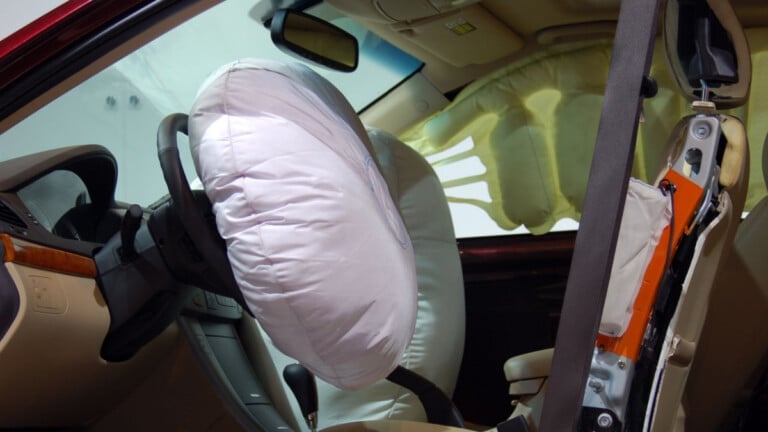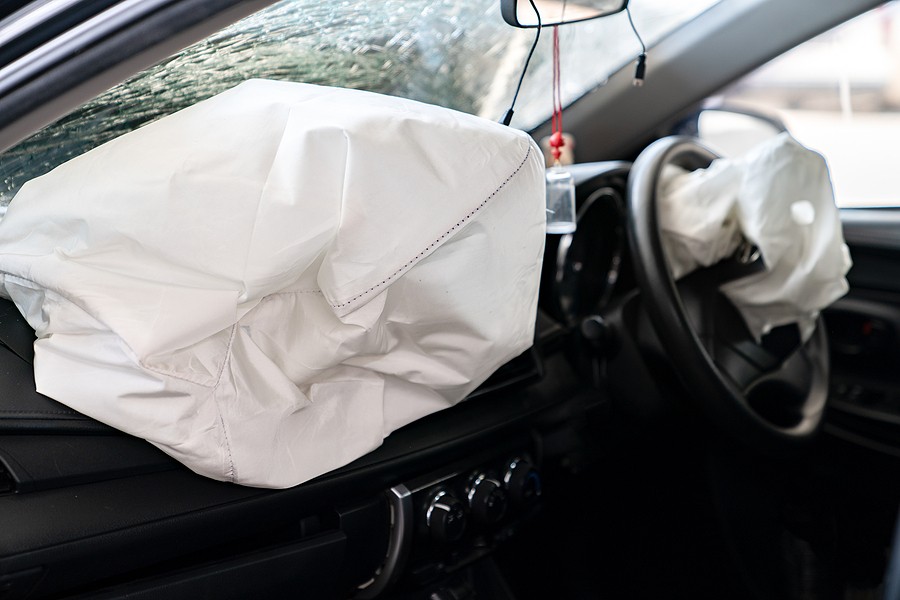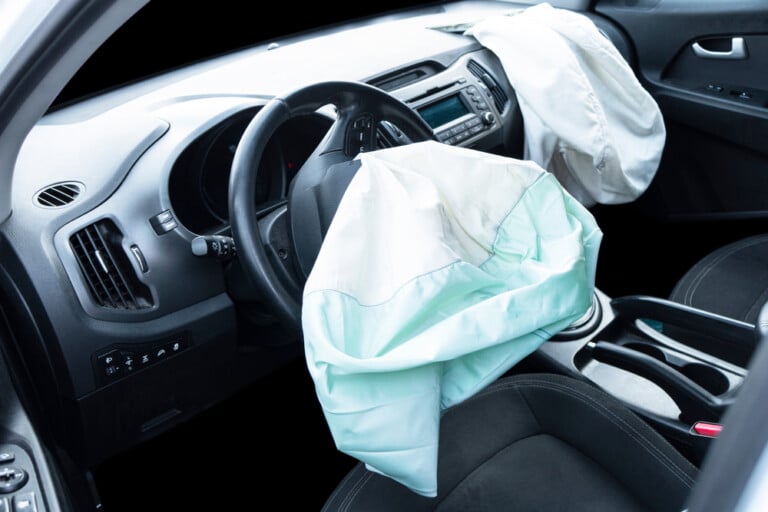How Do You Replace An Airbag
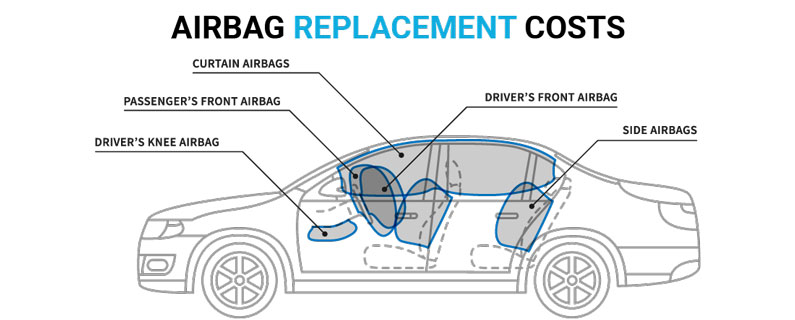
The garage air hangs thick with the scent of motor oil and anticipation. Sunlight streams through the open door, illuminating dust motes dancing in the air. A cherry-red 1967 Mustang, its interior lovingly stripped bare, sits center stage. Its owner, a woman named Maria, is meticulously prepping for a task that blends mechanical expertise with a profound sense of safety: replacing a deployed airbag.
Replacing an airbag isn't just about plugging in a new component. It is a critical safety procedure that demands precision, knowledge, and a respect for the powerful forces involved. This process encompasses understanding the airbag system, acquiring the correct replacement parts, and adhering to stringent safety protocols to ensure the vehicle's safety systems function as intended.
Understanding Airbag Systems
Airbags are integral components of a vehicle's Supplemental Restraint System (SRS), working in conjunction with seatbelts to minimize injury during a collision. They are triggered by sensors that detect sudden deceleration, initiating a chemical reaction that rapidly inflates the bag. The rapid deployment cushions the occupant, preventing severe impact with the car's interior.
Modern airbag systems are far more sophisticated than their earlier counterparts. They now include sensors that can detect the severity of an impact, the occupant's size and position, and even whether or not they are wearing a seatbelt. This allows for variable deployment force, tailoring the airbag's response to the specific circumstances of the crash.
Furthermore, many vehicles are equipped with multiple airbags, including frontal, side-impact, and curtain airbags. Each type is designed to protect specific areas of the body, increasing the overall effectiveness of the SRS.
Why Airbag Replacement is Necessary
Once an airbag deploys, it must be replaced immediately. A deployed airbag is no longer capable of providing protection in a subsequent collision. Furthermore, the system will typically register a fault, disabling the entire SRS until the airbag is replaced and the system is reset.
Beyond the immediate safety concerns, a deployed airbag signifies a potentially serious accident. This means the vehicle should be thoroughly inspected for structural damage, which can compromise the effectiveness of the SRS and other safety systems. A qualified mechanic should assess the vehicle's frame, suspension, and other critical components.
The National Highway Traffic Safety Administration (NHTSA) emphasizes the importance of using only new or certified re-manufactured airbags for replacements. Salvaged airbags, particularly those from unknown sources, may be damaged, improperly stored, or even counterfeit, posing a significant safety risk.
The Airbag Replacement Process: A Step-by-Step Guide
1. Safety First: Disconnecting the Battery
Before commencing any work on the airbag system, the very first step is to disconnect the vehicle's battery. This prevents accidental airbag deployment during the replacement process, which could result in serious injury.
Allow ample time for the system to discharge after disconnecting the battery. Typically, 15-30 minutes is sufficient, but it's always best to consult the vehicle's service manual for specific recommendations.
2. Locating and Removing the Deployed Airbag
The location of the airbag varies depending on the vehicle model. Common locations include the steering wheel, dashboard, and seats.
Carefully remove the trim panels and covers surrounding the airbag module, following the instructions in the vehicle's service manual. Disconnect the electrical connectors attached to the airbag module, taking note of their orientation for reassembly.
3. Installing the New Airbag
Install the new airbag module into the designated location, ensuring that it is securely fastened. Connect the electrical connectors, matching them to their corresponding terminals.
Double-check that all connections are secure and that the airbag module is properly aligned. Reinstall the trim panels and covers, ensuring they are properly seated and fastened.
4. Resetting the SRS
After installing the new airbag, the SRS must be reset to clear the fault codes and restore the system to proper functionality. This often requires a specialized scan tool capable of communicating with the vehicle's computer.
The scan tool will allow you to clear the crash data and verify that all airbag sensors are functioning correctly. Follow the scan tool's instructions carefully to complete the reset process.
5. Testing the System
Once the SRS has been reset, it's essential to test the system to ensure it's functioning correctly. This can be done using the scan tool to monitor the airbag sensors and verify that they are communicating properly.
Some vehicles have self-diagnostic capabilities that can be used to verify the system's functionality. Consult the vehicle's service manual for specific testing procedures.
The Importance of Professional Expertise
While some mechanically inclined individuals may be tempted to tackle airbag replacement as a DIY project, it's crucial to recognize the inherent risks involved. Airbag systems are complex and potentially dangerous, and improper installation can lead to serious injury or even death.
ASE-certified technicians possess the specialized training, experience, and equipment necessary to safely and effectively replace airbags. They are knowledgeable about the intricacies of airbag systems and can ensure that the replacement is performed correctly.
Furthermore, professional technicians have access to the vehicle-specific service manuals and diagnostic tools required to properly reset the SRS and verify its functionality. They can also identify and address any underlying issues that may have contributed to the airbag deployment.
The Cost of Airbag Replacement
The cost of airbag replacement varies depending on several factors, including the vehicle's make and model, the type of airbag being replaced, and the labor rates in your area.
Generally, expect to pay between $500 and $1,500 for airbag replacement, including parts and labor. Frontal airbags tend to be less expensive than side-impact or curtain airbags.
When obtaining estimates, be sure to inquire about the quality of the replacement airbag. Insist on using new or certified re-manufactured airbags from reputable suppliers. Avoid salvaged airbags from unknown sources.
Beyond the Repair: Addressing the Trauma
While the mechanical aspect of airbag replacement is crucial, it's equally important to acknowledge the potential emotional impact of being involved in a collision. Even a minor accident can be a traumatic experience, leaving lasting psychological scars.
Encourage anyone involved in a collision to seek support from family, friends, or mental health professionals. Counseling or therapy can help individuals process their emotions and cope with any anxiety or fear they may be experiencing.
Remember, physical and emotional well-being are equally important after a car accident. Taking care of both can contribute to a smoother recovery and a return to normalcy.
Looking Ahead: The Future of Airbag Technology
Airbag technology continues to evolve, with manufacturers constantly seeking ways to improve safety and reduce the risk of injury. Advanced airbag systems are being developed that can adapt to a wider range of crash scenarios and occupant characteristics.
Adaptive airbags can adjust their deployment force based on the severity of the impact and the occupant's size and position. This helps to minimize the risk of airbag-related injuries, particularly for smaller individuals and children.
External airbags are also being explored as a way to mitigate pedestrian injuries in the event of a collision. These airbags deploy on the exterior of the vehicle, cushioning the impact and reducing the severity of injuries.
As Maria carefully connects the last wire on her Mustang, she understands the weight of her task. It’s more than just replacing a part; it’s restoring a crucial layer of safety. The sun catches the gleam of the new airbag cover, a silent promise of protection. The scent of possibility, of renewed hope and a safer journey ahead, fills the garage.


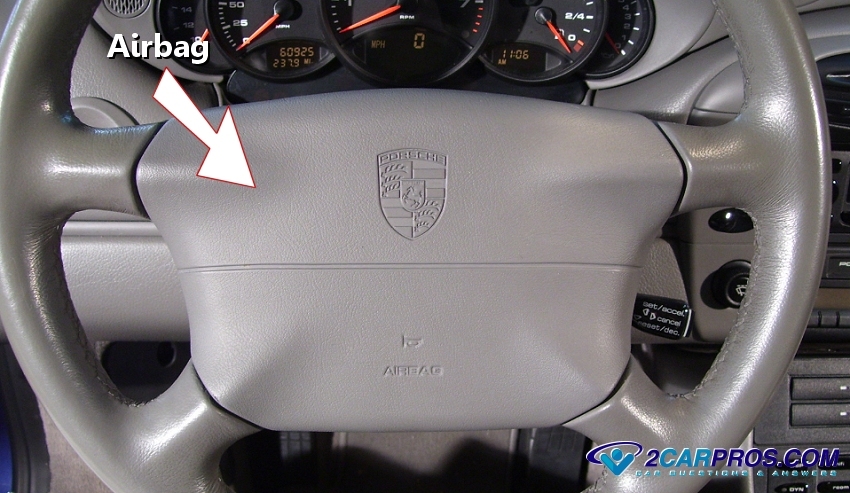


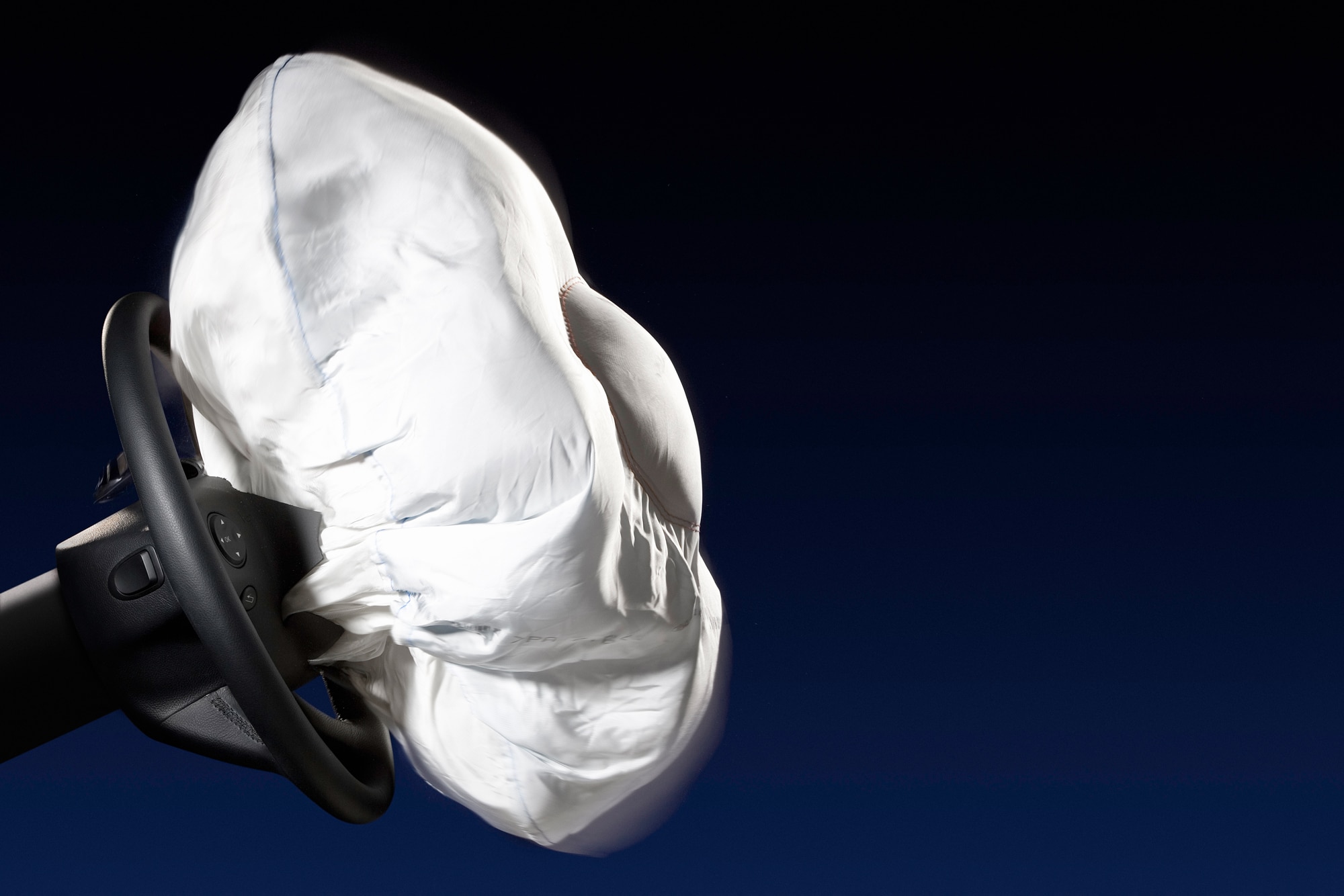
![How Do You Replace An Airbag How Much Does It Cost To Replace Airbags? [Simple Guide]](https://autochimps.com/wp-content/uploads/2020/07/inflated-car-airbags.jpg)


